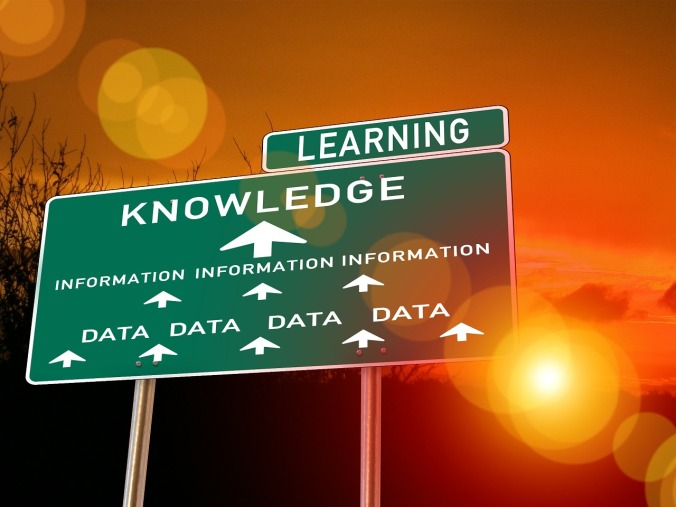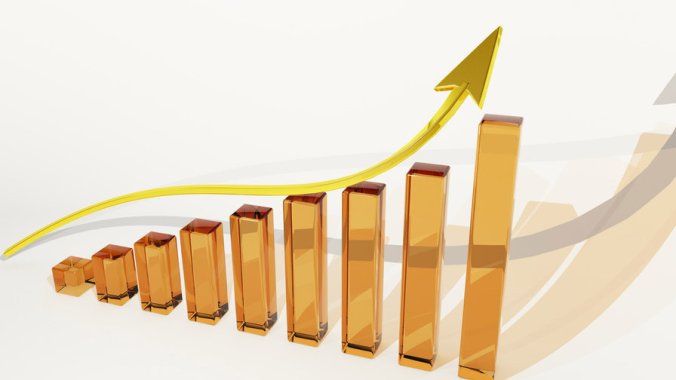It is a good timing to reconsider “Big data and digital economy” because this name of group on Linledin has four-month-history and more than 100 participants now. I would like to appreciate the cooperation of all of you.
In the beginning of 2000s, I worked in the risk management dept in the Japanese consumer finance company. There is a credit risk model which can predict who is likely to be in a default in the company. I learned it more details and understood how it worked so accurately. I found that if I collect a lot of data about customers, I could obtain accurate predictions for events of defaults in terms of each customer.
Now in 2015, I researched many algorithms and statistical models including the state of art “deep learning”. While there are many usages and objectives in using such models, in my view, the most important thing for business persons is “prediction” just like my experience in consumer finance company because they should make good business decisions to compete in markets.
If you are in health care industry, you may be interested in predictions about who is likely to be cured. If you are in sales, you may be interested in predictions about who is likely to come to the shop and buy the products. If you are in marketing, you may be interested in who is likely to click the advertisement on the web. Whatever you do, predictions are very important for your businesses because it enables us to take the right actions. Let me explain key points about predictions.
Target
What are your interests to predict? Revenue of your business? Number of customers? Satisfaction rate based on client feedback? Price of wine near futures? You can mention anything you want. We call it “Target”. So firstly, “Target” should be defined in predictions so that you can make right business decisions.
Features
Secondly, let us find something related to your target. For example, If you are a sales person and interested in who is likely to buy the products, features are “attributes of each customer such as age, sex, occupation” , “behavior of each customer such as how many times he/she come to the shop per month and when he/she bought the products last time”, “What did he/she click in the web shop” and so on. Based on the prediction, you can send coupons or tickets to “highly likely to buy”customers in order to increase your sales. If you are interested in the price of wine, features may be temperature, amount of rain and locations of farms, and so on. If you can predict the price of wine, you might make good investments of wine. These are just simple examples. In reality, a number of features may be 100, 1000 or more. It depends on whole data you have. Usually the more data you have, the more accurate your predictions are. This is why data is very important to obtain predictions.
Evaluation of predictions
Finally by inputting features into statistical models, predictions of the target can be obtained. Therefore, you can predict who is likely to buy the products when you think of marketing strategies. This is good for your business as marketing strategies can be more effective. Unfortunately customer preferences may be changed in the long run. When situations and environments such as customer preferences are changed, predictions may not be accurate anymore. So it is important to evaluate predictions and update statistical models periodically. No model can work accurately forever.
Once you can obtain the prediction, you can implement processes of the predictions as a daily activity, rather than one-off analysis. It means that data driven decisions are made on a daily basis. It is one of the biggest aspects of “digital economy”. From retail shops to health care and financial industry, predictions are already used in many fields. The methods of predictions are sometimes considered as “black-box”. But I do not think It is good to use predictions without understanding the methods behind predictions. I would like to explain them in my weekly letter in future. Hope you enjoy it!
Note: Toshifumi Kuga’s opinions and analyses are personal views and are intended to be for informational purposes and general interest only and should not be construed as individual investment advice or solicitation to buy, sell or hold any security or to adopt any investment strategy. The information in this article is rendered as at publication date and may change without notice and it is not intended as a complete analysis of every material fact regarding any country, region market or investment.
Data from third-party sources may have been used in the preparation of this material and I, Author of the article has not independently verified, validated such data. I accept no liability whatsoever for any loss arising from the use of this information and relies upon the comments, opinions and analyses in the material is at the sole discretion of the user.



